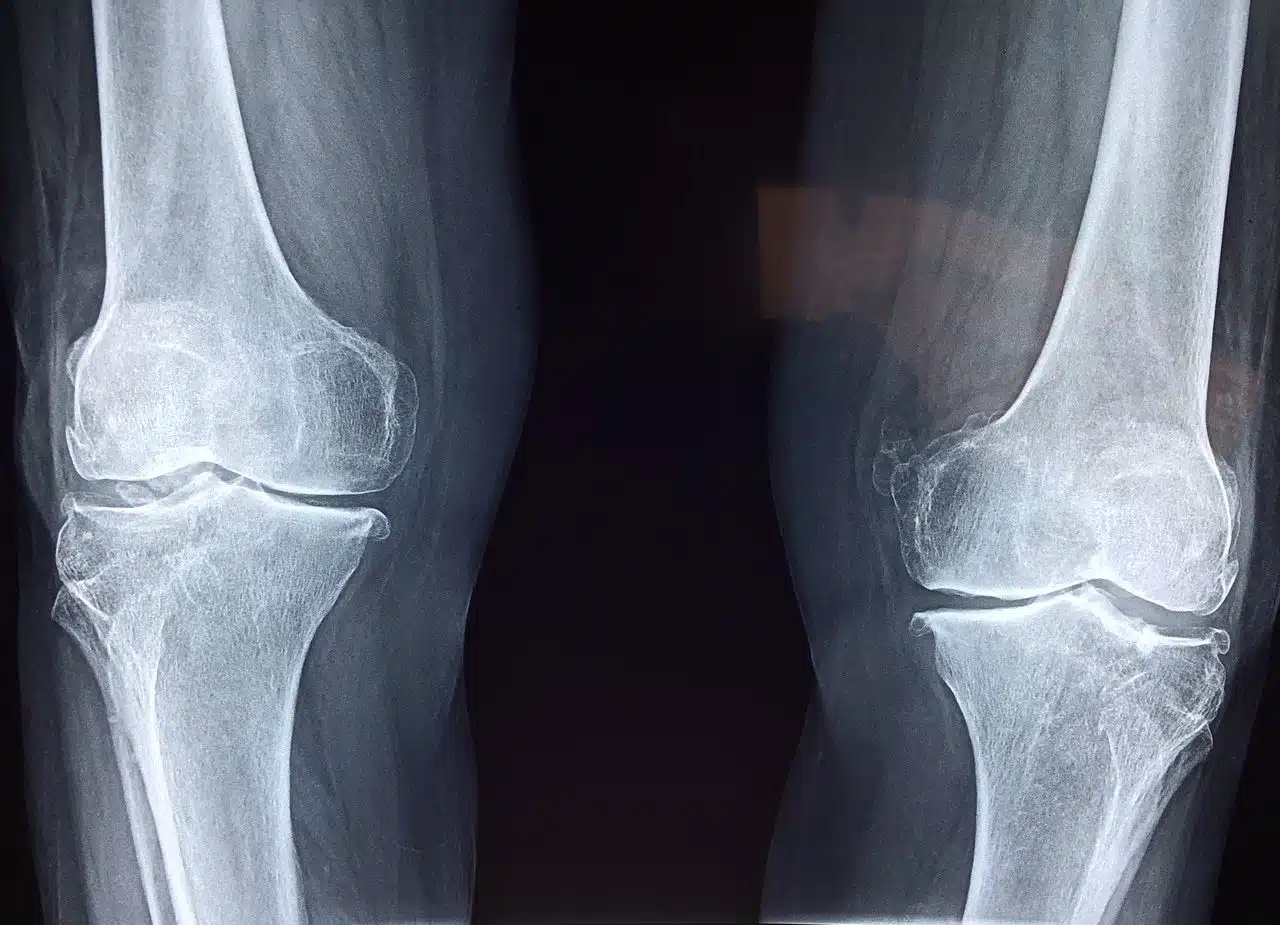
The process and consequence of ossifying are called ossification.
Ossification is the process and result of ossify , a verb that refers to the process that leads an organic element to transform into a bone or obtain an appearance similar to it.
Through ossification, therefore, a new bone component can be created. Osteoblasts are responsible for developing this procedure, which can be carried out in various ways.
Ossification process
It is believed that bones arose from the evolution of certain cartilages , which began as a reserve of calcium and other minerals and eventually evolved to protect organs . From bone evolution, vertebrates were able to adapt to the earth's surface and move in a different way.
One of the known types of ossification is called endochondral , and it is a development that consists of the progressive replacement of hyaline cartilage by bone tissue , in a process that takes place from the inside out. When development takes place the other way around (that is, from the outside inward), we speak of perichondral ossification.
Intramembranous ossification , for its part, takes place inside a membrane that is part of the connective tissue. The cartilages, therefore, are not involved in this kind of ossification. When a person suffers a fracture, intramembranous ossification is usually the most common mechanism to reverse the injury and allow the individual to heal.
Heterotopic ossification , meanwhile, occurs when a bone forms in a place in the body that should not have this type of structures.

There are various types of ossification.
Fibrodysplasia ossificans progressiva
Also known as fibrodysplasia ossificans progressiva , muscle ossification is a hereditary disease that is characterized by progressive ossification of tendons, skeletal muscles, ligaments and fascia. In other words, some tissues in our body become bone. According to certain studies, there are currently more than 3,000 cases worldwide.
Muscle ossification was described for the first time in 1969 , although the pathological picture was not measured until 1992 . This disease originates from a defective gene that is passed on by one or both parents to their offspring. The cause lies in the activation of the mutated ACVR1 gene, after which bone or cartilage tissue is formed in the regions where it is found.
There are rare but consistent references in the medical literature of patients who presented symptoms compatible with those of muscle ossification since the 19th century ; In many writings there is talk of people who "became hard as stones" , so it is not difficult to think that it was this particular disease.
In recent times, one of the most outstanding cases was that of the unfortunate Harry Raymond Eastlack Jr. , an American born in Philadelphia in 1933 . When he was ten years old, muscle ossification began to transform his body, in a destructive process that lasted about three decades. A few days before turning 40, Harry could only control the movement of his lips, since the rest of his body had solidified. Pneumonia ended his life in November 1973 .
Despite the suffering that Harry had to endure during his short life, before he died he made expressly clear his desire to donate his body to medicine, so that scientists could study it and search for a cure for this disease that is so difficult to understand. Since then, his skeleton is preserved in the Mütter Museum at the Philadelphia School of Medicine , and has constituted a considerable source of findings for the study of this disorder.
